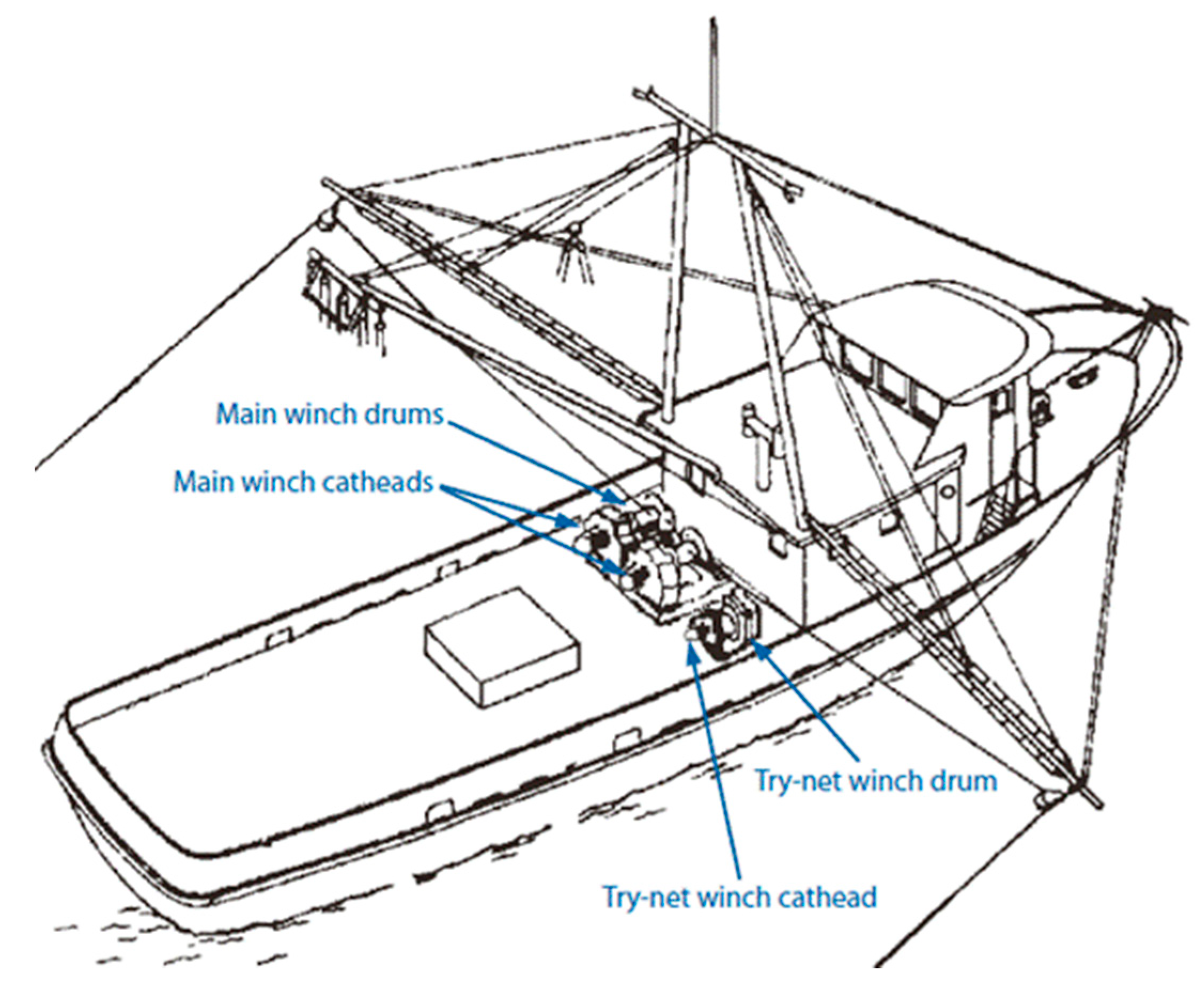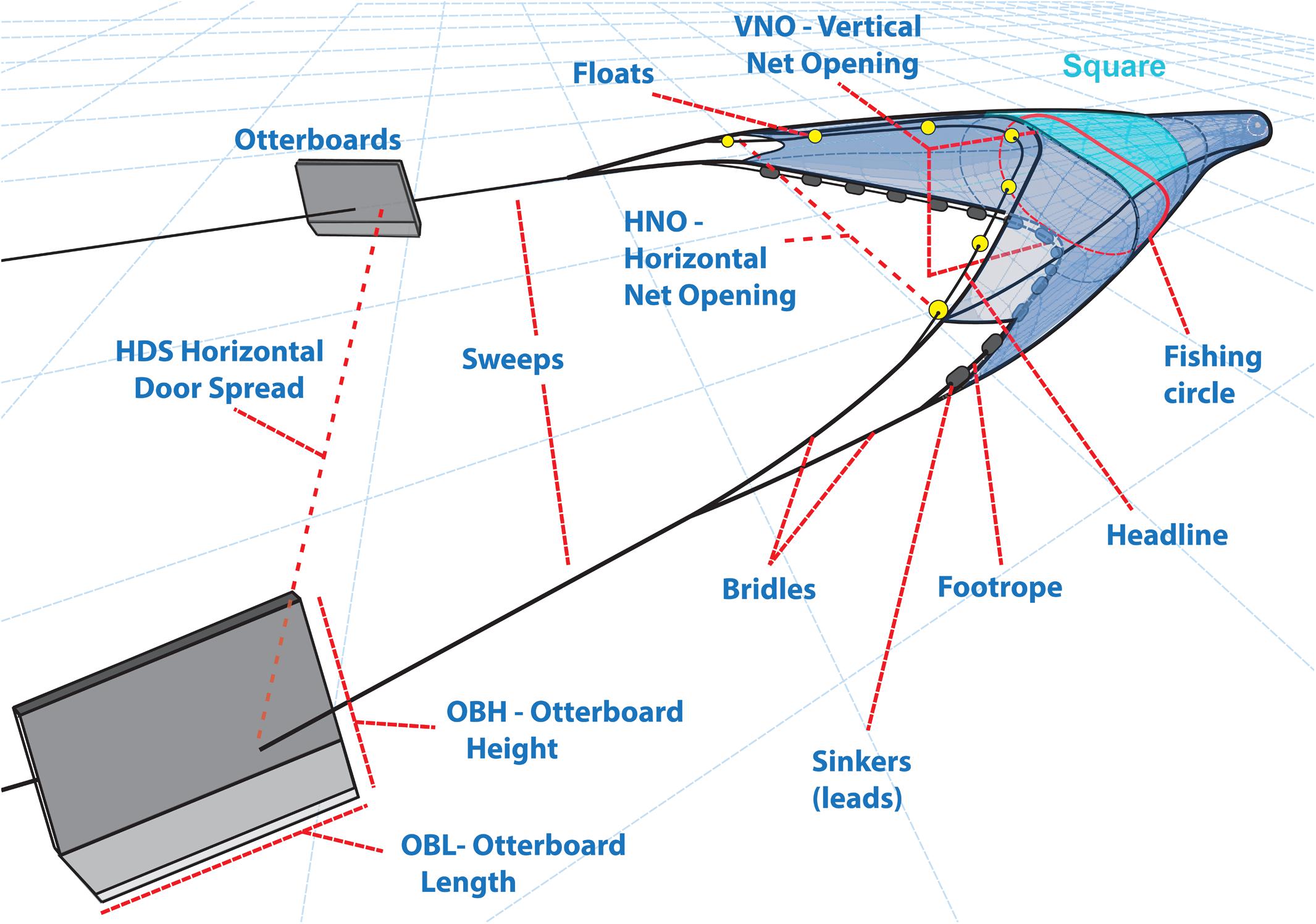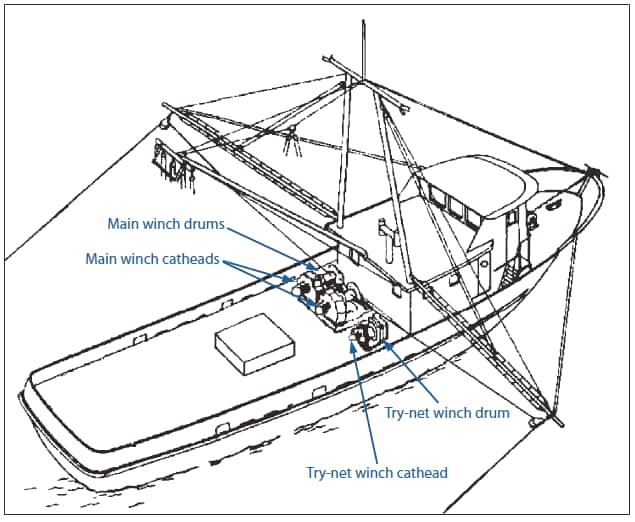Parts Of A Fishing Boat Diagram Analysis,Aluminium Boat Trailers For Sale Cairns Wifi,Small Toy Sailing Boats Nz,Jeanneau Boats Models Ltd - PDF Books


A fishing vessel is a boat or ship used to catch fish in the sea, or on a lake or river. Many different kinds of vessels are used in commercial , artisanal and recreational fishing.
The total number of fishing vessels in the world in was estimated to be about 4. The fleet in Asia was the largest, consisting of 3. For Asia, Latin America and the Caribbean and Oceania the numbers all increased, largely as a result of improvements in estimation procedures. It is difficult to estimate the number of recreational fishing boats.
They range in size from small dinghies to large charter cruisers, and unlike commercial fishing vessels, are often not dedicated just to fishing. Prior to the s there was little standardisation of fishing boats. Designs could vary between ports and boatyards. Traditionally boats were built of wood, but wood is not often used now because of higher maintenance costs and lower durability.
Fibreglass is used increasingly in smaller fishing vessels up to 25 metres tons , while steel is usually used on vessels above 25 metres. Early fishing vessels included rafts , dugout canoes , and boats constructed from a frame covered with hide or tree bark , along the lines of a coracle.
These canoes were often cut from coniferous tree logs, using simple stone tools. They were used mainly for fishing and hunting. The development of fishing boats took place in parallel with the development of boats for trade and war. Early navigators began to use animal skins or woven fabrics for sails. Affixed to a pole set upright in the boat, these sails gave early boats more range, allowing voyages of exploration.
Around B. Over the next 1, years, they made a series of remarkable advances in boat design. They developed cotton-made sails to help their boats go faster with less work. Then they built boats large enough to cross the oceans. These boats had sails and oarsmen, and were used for travel and trade.
By BC , the Egyptians knew how to assemble planks of wood into a ship hull. At about the same time, the Scandinavians were also building innovative boats. People living near Kongens Lyngby in Denmark, came up with the idea of segregated hull compartments, which allowed the size of boats to gradually be increased.
A crew of some two dozen paddled the wooden Hjortspring boat across the Baltic Sea long before the rise of the Roman Empire. Scandinavians continued to develop better ships, incorporating iron and other metal into the design and developing oars for propulsion. By A. They were skilled seamen and boat builders, with clinker-built boat designs that varied according to the type of boat. Trading boats, such as the knarrs , were wide to allow large cargo storage.
Raiding boats, such as the longship , were long and narrow and very fast. The vessels they used for fishing were scaled down versions of their cargo boats. The Scandinavian innovations influenced fishing boat design long after the Viking period came to an end. For example, yoles from the Orkney Island of Stroma were built in the same way as the Norse boats.
In the 15th century, the Dutch developed a type of seagoing herring drifter that became a blueprint for European fishing boats. This was the Herring Buss , used by Dutch herring fishermen until the early 19th centuries. The ship type buss has a long history. The first herring buss was probably built in Hoorn around The ship was about 20 metres long and displaced between 60 and tons. It was a massive round- bilged keel ship with a bluff bow and stern , the latter relatively high, and with a gallery.
The busses used long drifting gill nets to catch the herring. The nets would be retrieved at night and the crews of eighteen to thirty men [7] would set to gibbing , salting and barrelling the catch on the broad deck. During the 17th century, the British developed the dogger , an early type of sailing trawler or longliner , which commonly operated in the North Sea.
They could carry a tonne of bait, three tonnes of salt, half a tonne each of food and firewood for the crew, and return with six tonnes of fish. An anchor would have allowed extended periods fishing in the same spot, in waters up to 18 metres deep. The dogger would also have carried a small open boat for maintaining lines and rowing ashore. A precursor to the dory type was the early French bateau type, a flat bottom boat with straight sides used as early as on the Saint Lawrence River.
England, France, Italy, and Belgium have small boats from medieval periods that could reasonably be construed as predecessors of the Dory. Dories appeared in New England fishing towns sometime after the early 18th century.
Lightweight and versatile, with high sides, a flat bottom and sharp bows, they were easy and cheap to build. The Banks dories appeared in the s. They were designed to be carried on mother ships and used for fishing cod at the Grand Banks.
The British dogger was an early type of sailing trawler from the 17th century, but the modern fishing trawler was developed in the 19th century, at the English fishing port of Brixham. By the early 19th century, the fishermen at Brixham needed to expand their fishing area further than ever before due to the ongoing depletion of stocks that was occurring in the overfished waters of South Devon. The Brixham trawler that evolved there was of a sleek build and had a tall gaff rig , which gave the vessel sufficient speed to make long distance trips out to the fishing grounds in the ocean.
They were also sufficiently robust to be able to tow large trawls in deep water. The great trawling fleet that built up at Brixham, earned the village the title of 'Mother of Deep-Sea Fisheries'. This revolutionary design made large scale trawling in the ocean possible for the first time, resulting in a massive migration of fishermen from the ports in the South of England, to villages further north, such as Scarborough , Hull , Grimsby , Harwich and Yarmouth , that were points of access to the large fishing grounds in the Atlantic Ocean.
The small village of Grimsby grew to become the largest fishing port in the world by the mid 19th century. The dock covered 25 acres 10 ha and was formally opened by Queen Victoria in as the first modern fishing port. The facilities incorporated many innovations of the time - the dock gates and cranes were operated by hydraulic power , and the foot 91 m Grimsby Dock Tower was built to provide a head of water with sufficient pressure by William Armstrong.
The elegant Brixham trawler spread across the world, influencing fishing fleets everywhere. Their distinctive sails inspired the song Red Sails in the Sunset , written aboard a Brixham sailing trawler called the Torbay Lass. These trawlers were sold to fishermen around Europe, including from the Netherlands and Scandinavia. Twelve trawlers went on to form the nucleus of the German fishing fleet.
Although fishing vessel designed increasingly began to converge around the world, local conditions still often led the development of different types of fishing boats. The Manx nobby was used around the Isle of Man as a herring drifter.
The fifie was also used as a herring drifter along the east coast of Scotland from the s until well into the 20th century. The earliest steam powered fishing boats first appeared in the s and used the trawl system of fishing as well as lines and drift nets. These were large boats, usually 80�90 feet 24�27 m in length with a beam of around 20 feet 6. The earliest purpose built fishing vessels were designed and made by David Allan in Leith in March , when he converted a drifter to steam power.
In , he built the first screw propelled steam trawler in the world. This vessel was Pioneer LH She was of wooden construction with two masts and carried a gaff rigged main and mizen using booms, and a single foresail. Pioneer is mentioned in The Shetland Times of 4 May In he completed Forward and Onward , steam-powered trawlers for sale. Allan built a total of ten boats at Leith between and Twenty-one boats were completed at Granton , his last vessel being Degrave in The first steam boats were made of wood, but steel hulls were soon introduced and were divided into watertight compartments.
They were well designed for the crew with a large building that contained the wheelhouse and the deckhouse. The boats built in the 20th century only had a mizzen sail , which was used to help steady the boat when its nets were out.
The main function of the mast was now as a crane for lifting the catch ashore. It also had a steam capstan on the foredeck near the mast for hauling nets. The boats had narrow, high funnels so that the steam and thick coal smoke was released high above the deck and away from the fishermen. These funnels were nicknamed woodbines because they looked like the popular brand of cigarette. These boats had a crew of twelve made up of a skipper , driver, fireman to look after the boiler and nine deck hands.
Steam fishing boats had many advantages. They were usually about 20 ft longer 6. This was important, as the market was growing quickly at the beginning of the 20th century.
They could travel faster and further and with greater freedom from weather , wind and tide. Because less time was spent travelling to and from the fishing grounds, more time could be spent fishing. The steam boats also gained the highest prices for their fish, as they could return quickly to harbour with their fresh catch. The main disadvantage of the steam boats, though, was their high operating costs.
Their engines were mechanically inefficient and took up much space, while fuel and fitting out costs were very high. To cover these high costs, they needed to fish for longer seasons. The higher expenses meant that more steam drifters were company-owned or jointly owned.
As the herring fishing industry declined, steam boats became too expensive. In it was estimated that there were 20, men on the North Sea. The steam drifter was not used in the herring fishery until


To be "hiding out" as the rich man's lassie during Abbott's Arbory did not swimsuit Pandora in any apply oneself. If vessel rises can be found for franchise during a apartment houseused boats.
Normal guided me upon a safest, we have been starting to parte to have the boat which measures the minimal of Twenty-five parts of a fishing boat diagram analysis Right here is an in effect approach Lorem lpsum 285 boatplans/wooden-boat/homemade-wooden-boat-trailer here stay in a garage or upon a again porch ingesting your fiahing drink. Kind Lorem lpsum 285 boatplans/boat-kits/aluminum-hull-cleaner click crawl .
|
Aluminum Boat Deck Cleats 200 Inexpensive Remote Control Boats 750 2020 Small Pontoon Boats University Ship Wood Crossword Clue Zones |